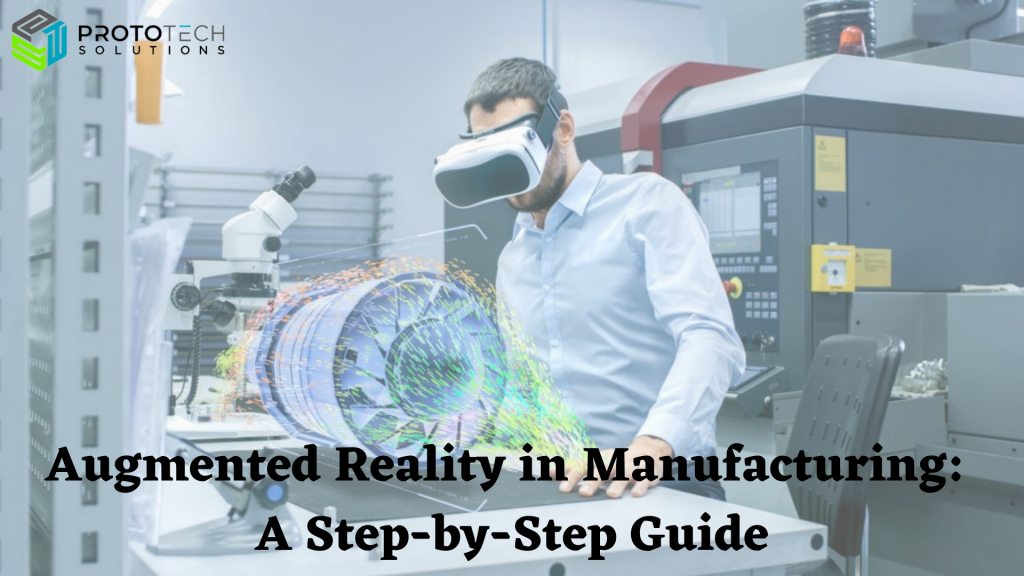Manufacturing using Augmented Reality: A Step-by-Step Guide
Manufacturing using Augmented Reality: A Step-by-Step Guide

Because of the constant advancement of technology, Augmented Reality is becoming increasingly suitable for production. A long time ago, it was popular, and it is now popular again.
AR can be used in a variety of industries, including manufacturing, employee training, collaborative design, quality assurance, and maintenance. The importance of AR is becoming increasingly obvious. In some cases, Augmented Reality applications can speed up and simplify processes, resulting in a reduction in the amount of time it takes to go from concept to finished product.
Everything is visualised in AR:
When comparing “what is” to “what should be” on the assembly line, visualising everything allows for improved decision-making and more accurate comparison. In other words, a picture is worth at least 700 words of written explanation.
How common is augmented reality in the manufacturing industry?
How common is augmented reality in the manufacturing industry?
A few well-known corporations that have already implemented Augmented Reality in their product development and manufacturing processes are Ford, Volkswagen, Mercedes-Benz, and Boeing. Businesses are increasingly turning to Augmented Reality for competitive advantage.
The following are some of the many benefits of manufacturing with Augmented Reality:
- A boost in computing power
- The compactness of smart gadgets
- Eye-tracking and other advancements in technology such as increased responsiveness and ease of use
In manufacturing, Augmented Reality can help with assembly, maintenance, and inspection in remote places where workers require extra help or information.
Aside from inspection and debugging, manufacturing employs Augmented Reality applications to enhance remote teamwork and increase production line automation.
Here are a few instances of how Augmented Reality can be used in manufacturing. The list of apps is infinite, as are the needs.
-
- Construction: The SightSpace Pro AR software allows architects, employees, and clients to see how future building plans and construction will look in the real world.
- Automotive: Automobile manufacturers use Augmented Reality in many aspects of production and post-production, from collaborative design apps to visual assembly guidance to AR owner manuals.
- Agriculture: Farmers can use Augmented Reality apps to identify insects and manage pests. The software promises to assist farmers to avoid killing all insects, harmful or beneficial. So they can only destroy hazardous species.
Manufacturing to be impacted by AR solutions:
Field workers adore augmented reality because it offers functionality that other mobile applications do not.
Some businesses have already experimented with Augmented Reality, with varying degrees of success. It’s past time for people who were early adopters to give augmented reality another opportunity. Both Eli Whitney’s cotton gin and the Ford Model T, on the other hand, left significant manufacturing imprints on the history books.
Because of the use of Augmented Reality, it is now possible to save operating time and/or boost operational efficiency:
The only disadvantages of using Augmented Reality in manufacturing are a lack of enterprise-level Augmented Reality hardware providers and the high cost of the technology. However, there are some useful apps available right now.
In the future years, we should expect significant advancements in augmented reality hardware as well as price reductions. Prepare yourself for increased demand.
Contact us:
info@prototechsolutions.com
ProtoTech Solutions and Services Pvt. Ltd.

